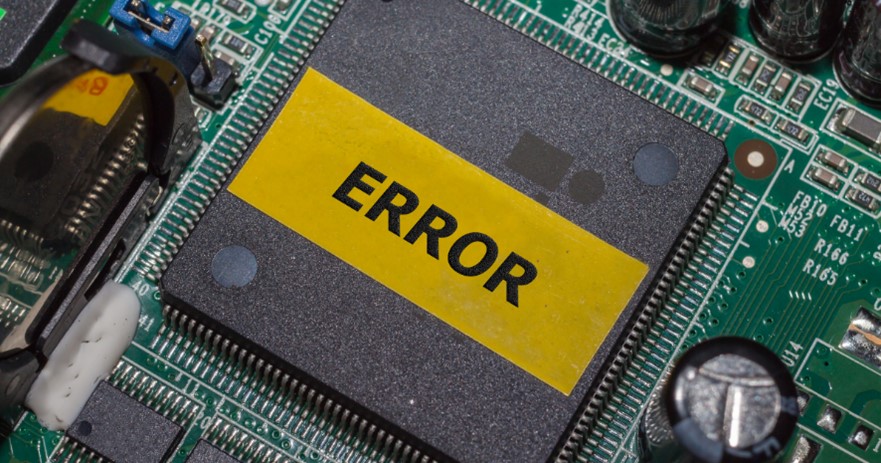Top Solutions To Avoid Common Conformal Coating Problems
Conformal Coatings are widely used in electronics and automotive to protect the Printed Circuit Boards (PCB) against moisture and corrosive environment. While they offer benefits, certain common failure modes can still limit their performance.
Common Issues in Conformal Coating:
 Entrapped Bubbles in Cured Coating
Entrapped Bubbles in Cured Coating  Defects Developing During Thermal Excursions
Defects Developing During Thermal Excursions Lack of Protection for Component Edges
Lack of Protection for Component Edges
In this article, we'll explore top solutions to these problems and how Humiseal innovative coatings help ensure your electronics stay protected.
1. Entrapped bubbles in cured coating
Bubbles in conformal coatings can occur when air or other gases get trapped in the coating during application processes. They can lead to potential long-term problems, including electrical failures, corrosion, and mechanical damage due to temperature changes and vibrations.
There are 4 main factors that cause entrapped bubbles:
• Air or gas entrapment within the pressure tank
• Air or gas introduced within the spray valve
• Solvent gases entrapped during the drying process
• Outgassing of curing products entrapped during drying/curing process
With the main causes identified, you can apply several practical strategies to tackle the issue:
• Adjust pressure settings
• Optimize spray technique
• Control curing process
• Modify coating blend
• Ensure board cleanliness
Let's dive into the detailed guidance here.
2. Defects developing during thermal excursions
Thermal shock testing is a method used to evaluate the durability and reliability of coatings under extreme conditions. During these test sequences, cracking and adhesion loss can occur due to several factors:
• Coating type
• Coating cure level
• Coating thickness
• Solvent entrapment
• Interactions with manufacturing residues
• Changes in physical properties during testing
• Coefficients of Thermal Expansion Mismatch (CTE Mismatch) of the coating and PCB/components
To enhance thermal shock resistance, developing UV LED curable materials with optimum physical properties can minimize the effects of CTE mismatch and shrinkage. Here are some coatings specially formulated for these purposes:
• Synthetic rubber coatings: HumiSeal® 1B51, 1B58LU, 1B59LU
• UV curable and VOC free coatings: HumiSeal® UV500 and UV50LV
3. Lack of protection for component edges
Poor coverage of conformal coating on the sharp edges of surface mount components can lead to issues like electro-migration, system failures from condensation, uncontrolled tin whisker growth.
There are a few reasons for this, and it isn't just because of sprayer heads:
• Viscosity on uneven surfaces: lower solids and lower viscosity coatings tend to flow off vertical surfaces, resulting in even thickness on horizontal areas but uneven coverage on vertical sides.
• Carrier solvent volatility: the volatility of carrier fluids affects thickness and uniformity. Slower evaporating solvents can cause flow on vertical surfaces, while fast-evaporating solvents may create "orange peel" textures and bubbles.
• Surface energy of PCB and components: plastic surfaces of PCB components often have low surface energy due to mold release or plasticizing agents, leading to poor wetting on component tops and edges.
To address the issue of incomplete coverage, Humiseal developed Sharp Edge Coverage coatings (SEC Coatings). These coatings are designed to adhere to component corners and edges giving ultimate protection across the printed circuit assemblies.
Features of SEC Coatings:
• It can be applied by conventional selective spray systems, maintaining process time.
• No need for specialized application techniques, such as multi coating layer application or vacuum deposition.








 Entrapped Bubbles in Cured Coating
Entrapped Bubbles in Cured Coating 

